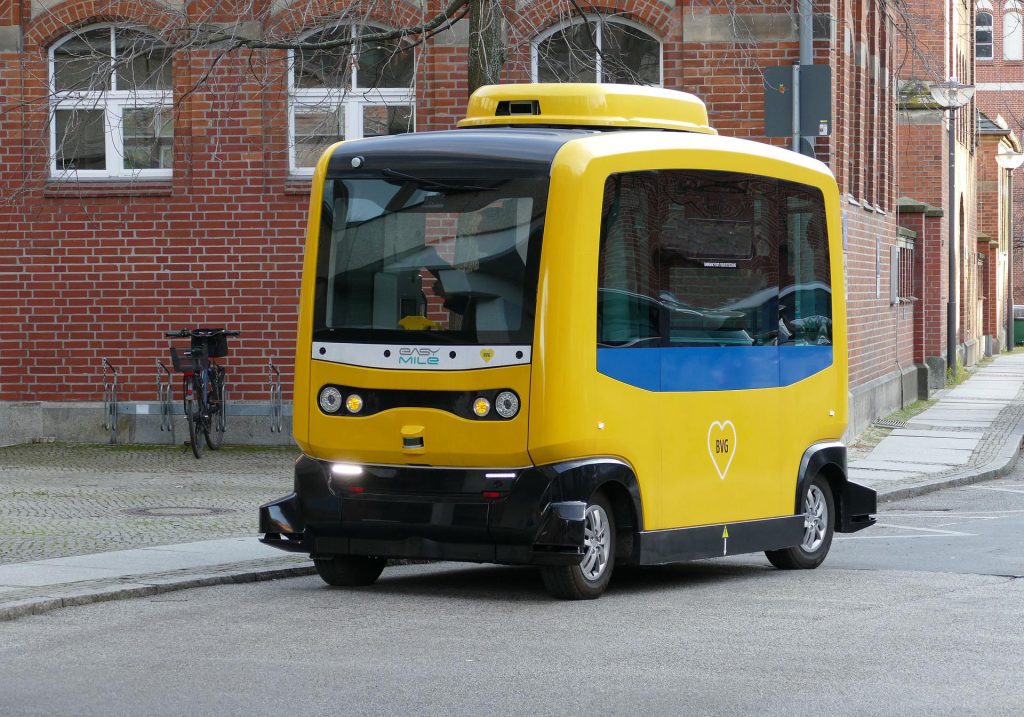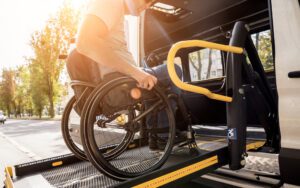Will driverless cars be the end for taxi drivers?

Improving technology has changed the way most people think about driving. A lot of the focus has been on electric vehicles and the drive to steer us all towards a greener future.
There have also been advances on driver assistance tools, such as cruse control, lane assistance, adaptive braking, self-parking and, more recently, autonomous vehicles.
Most of us have seen futuristic films or enjoyed cartoons when we were younger in which driverless vehicles manoeuvred their way through the streets or skies as their passengers concentrated on whatever it was they were doing.
Science fiction is now becoming a reality and while people are not flying to the supermarket or friends’ houses, driverless vehicles are being tested around the world, and have been operating in other countries as taxi, picking up passengers.
This summer, UK laws have been updated to pave the way for driverless vehicles on our roads. The vehicles must have valid taxi insurance, although it remains to be seen whether there will still be the distinction between public hire taxis and private hire taxis. The blame if something goes wrong is also being aimed at those behind the technology, rather than the vehicle or driver in the case of a technology-assisted vehicle.
Among the pilot schemes being trialled was one in San Francisco, which came screeching to a halt recently when a fleet of about eight Cruise driverless taxis came to a stop at a busy junction in the city. Traffic was blocked for several hours and the vehicles had to be towed away.
Under the pilot, Cruise’s self-driving cars can only operate between 10pm and 6am and there is no human taxi driver in case anything goes wrong.
In this case, it is thought that a software bug caused the vehicles to congregate and stop where they did, near the city’s busy Fisherman’s Wharf.
At the time, Cruise spokesman Drew Pusateri told Digital Trends: “We had an issue earlier this week that caused some of our vehicles to cluster together.
“While it was resolved and no passengers were impacted, we apologise to anyone who was inconvenienced.”
Fully autonomous driving technology is still in its infancy and there is a long way to go in terms of vehicle and software development, as well as establishing protocols for people to use them safely.
As with any taxi today, accidents and breakdowns happen, but there are proven systems in place to help people carry on their journeys safely. And there is a licensed and experienced driver ready to help.
A hybrid mix of autonomous vehicles with those driven by humans will further increase the likelihood of something going wrong.
So is the future one where humans are removed from the driving seat?
It depends who you ask. While it might suit some businesses to have driverless vehicles that do not need breaks, holidays and only stop when they need recharging, the reality might be different for passengers.
In the early 1980s, advances in technology gave planes the ability to take off and land using autopilot. The systems were a success and can still be used today. But, four decades and huge technological advances later, there are still pilots in the cockpit.
This is because people need the reassurance that there is someone at the controls who will do everything they can to keep themselves and everyone on board safe in the event of an emergency.
People also want the personal touch and human interaction, and not a robot that is reacting to its programming.
There are obvious benefits that autonomous vehicles will bring to different industries but there are things that cannot be fully programmed into a computer, such as manners, friendliness, flexibility and judgement, which are all key traits to being a taxi driver.




